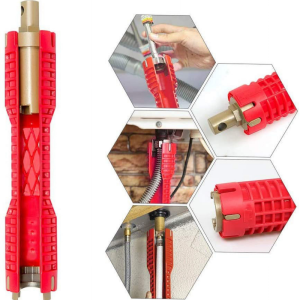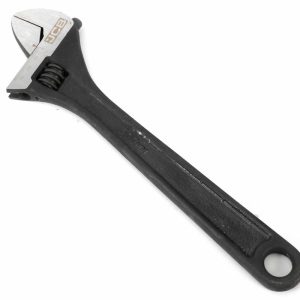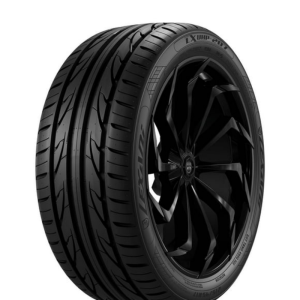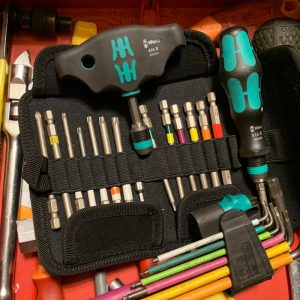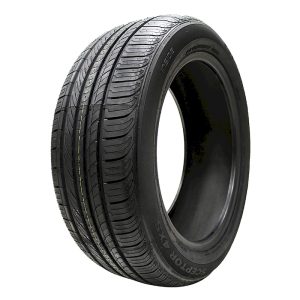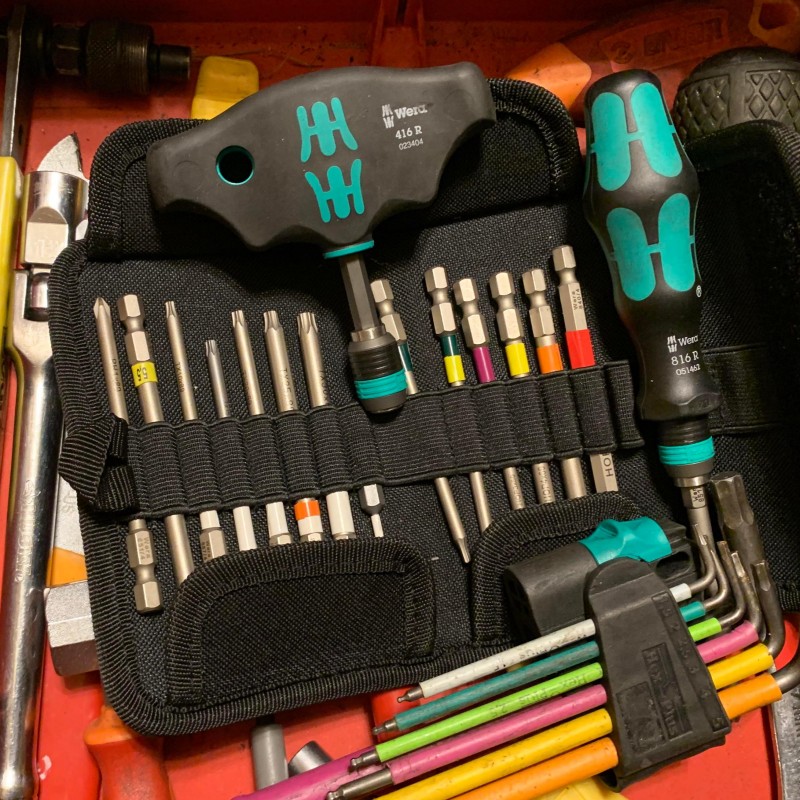
In the world of craftsmanship, construction, and DIY projects, the importance of safety cannot be overstated. As artisans, tradespeople, and hobbyists alike wield various tools for their tasks, the risk of injury is ever-present. This is where safety features in modern hand tools come into play. Today, manufacturers recognize the need for enhanced safety features and are integrating advanced technologies and materials into their tool designs. These innovations not only protect users from accidents but also increase efficiency and productivity. From ergonomic handles to automatic shut-off systems, the landscape of hand tools has evolved dramatically to prioritize user safety. This article will delve deep into a variety of safety features commonly found in modern hand tools, explaining their purpose and functionality, and providing tips for selecting the proper tools equipped with these essential safety measures.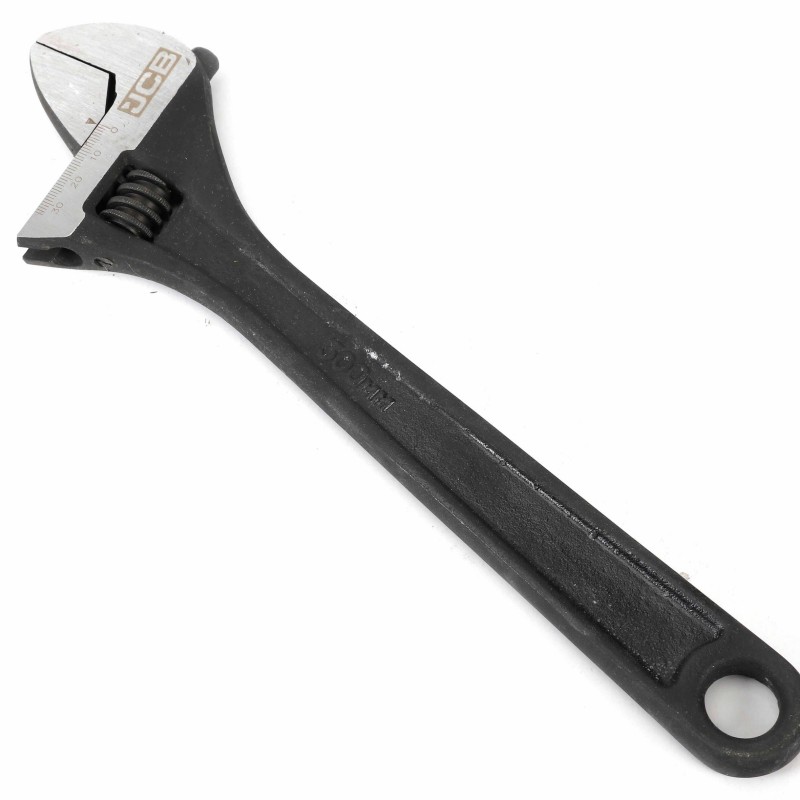
The Evolution of Safety in Hand Tools
The history of hand tools dates back thousands of years, yet their evolution has accelerated in recent decades. Early hand tools were rudimentary and often lacked any safety measures. As industrialization progressed, the need for safer tools became evident. Manufacturers began to pay more attention to ergonomics and user protection. The introduction of safety features in modern hand tools is a response to rising accident rates and injuries, especially in workplaces.
Today, tools are designed not only for functionality but also for safety. Innovations in materials, design, and technology have transformed simple instruments into sophisticated tools that actively prevent accidents. For instance, the development of anti-slip grips and automatic safety locks has changed how people interact with tools, allowing tasks to be performed with enhanced safety.
Ergonomic Design and User Comfort
One of the most notable safety features in modern hand tools is ergonomic design. Ergonomic tools are crafted to fit comfortably in the hand, promoting a natural grip while minimizing strain. This design approach significantly reduces the risk of repetitive strain injuries, which are common in trades that require extensive use of hand tools.
- Grip Shapes: Tools are designed with grips that contour to the hand’s shape. This ensures users can maintain a firm hold without exerting excessive force, lowering the chances of dropping tools.
- Weight Distribution: Proper weight distribution within the tool reduces fatigue, allowing users to work for longer periods without discomfort. Lighter materials can contribute to better balance and maneuverability.
- Adjustability: Some ergonomic tools feature adjustable parts, allowing users to customize them for specific tasks or personal comfort, further enhancing safety.
Blade Guards and Shielding
Safety in modern hand tools often includes physical barriers that protect users from sharp edges. Blade guards and shields have become standard features, particularly in tools like saws and cut-off machines. Here’s how they contribute to safety:
- Preventing Accidental Cuts: Blade guards cover the cutting edge when the tool is not in use or during operation, preventing accidental contact.
- Enhanced Visibility: In some cases, these guards are designed with transparent materials, allowing users to see the cutting action while still being protected.
- Automatic Locking Mechanisms: Many power tools are now equipped with mechanisms that automatically lock the blade guard in place when the tool is switched off. This ensures the blade remains covered until the tool is ready for use again.
Automatic Safety Shut-Off Systems
Modern technology has paved the way for automatic safety shut-off systems in hand tools. These systems are especially crucial for power tools, as they contribute significantly to user safety. Here are some key points regarding these systems:
- Immediate Response: Many power tools are designed to shut off automatically in case of a malfunction or if they detect an unsafe condition. This quick response can help prevent serious injuries.
- User Activation: Some tools allow users to set safety shut-off timers, ensuring the tool turns off automatically after a period of inactivity, thus preventing accidental activation.
- Integrated Sensors: Advanced tools now feature sensors that can detect unusual vibrations or tremors. If the tool experiences erratic movements, these sensors trigger an automatic shut-off.
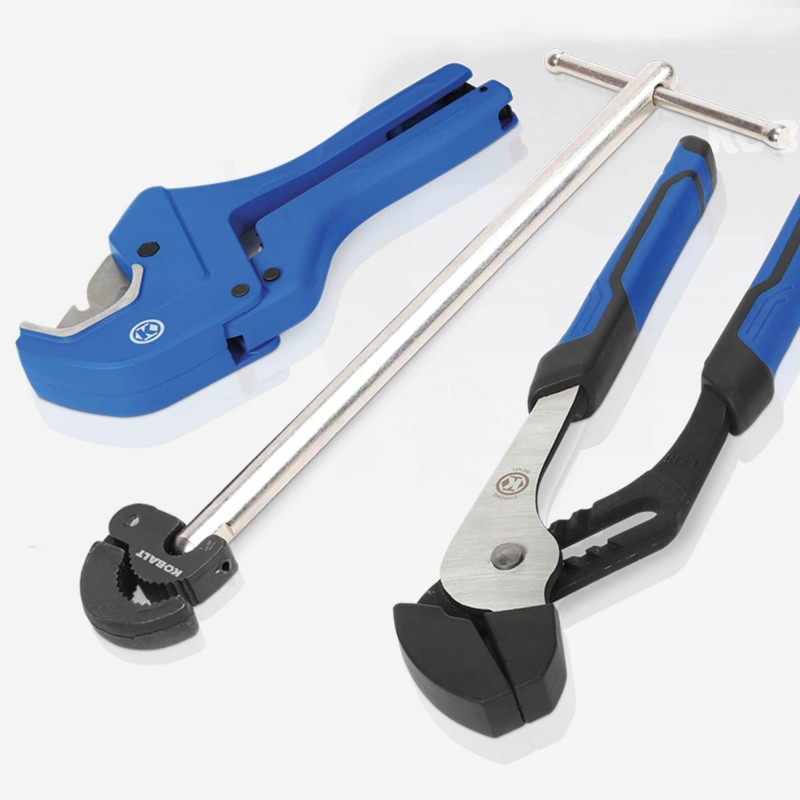
Anti-Slip and Grip Enhancement Features
Effective gripping surfaces are vital for maintaining control of a tool, especially under challenging conditions. Modern hand tools often include several features that enhance grip security:
- Textured Surfaces: Many handles incorporate textured materials that provide a better grip, even when hands are wet, greasy, or dirty.
- Rubberized Coatings: Tools may be equipped with rubberized coatings that absorb shock and increase grip stability, ensuring they remain securely in hand during use.
- Form-Fitting Designs: Handles designed to fit the natural contours of the hand often have raised grips or finger grooves, enhancing holding power and reducing the risk of slippage.
Visual Indicators and Alerts
Safety features in modern hand tools go beyond physical attributes; they often include visual indicators and alert systems to inform users of necessary precautions. These indicators play an essential role in promoting safe practices:
- Warning Lights: Some tools have built-in warning lights that alert users to potential issues. For example, a red light may indicate that the tool is operating above its recommended range.
- Audible Alarms: Certain power tools incorporate audible alarms that sound when conditions become unsafe. This feature can be particularly valuable in noisy environments.
- Clear Labeling: Tools today often utilize clear and visible labeling features that remind users of safety precautions and proper handling methods, ensuring safety is always at the forefront.
Dust and Debris Management Features
Safety features in modern hand tools also prioritize user health by addressing dust and debris concerns. Working with power tools often creates dust, which can be hazardous if inhaled. To mitigate these risks, manufacturers have developed several cutting-edge features:
- Integrated Dust Collectors: Many modern saws and routers come equipped with built-in dust collection systems that minimize airborne particles, ensuring cleaner work areas.
- Filtering Systems: Some tools now have advanced filtering technologies that capture dust particles before they can escape into the air. This feature helps maintain air quality.
- Vacuum Attachments: Many manufacturers enable vacuum attachments to be fitted onto tools, allowing users to actively manage dust removal while they work.
Understanding Tool Maintenance for Safety
Even the safest hand tools can pose risks if not properly maintained. Regular maintenance is crucial for ensuring that safety features are functional and effective. Here’s what to keep in mind:
- Routine Inspections: Regularly inspect your tools for wear and tear. Check components like blade guards and safety switches to ensure they are functioning correctly.
- Cleaning: Keep tools clean; remove debris and dust buildup after each use. This practice ensures that safety features, such as dust filters and guards, remain effective.
- Proper Storage: Store tools correctly to prevent damage. Use toolboxes or cases designed to protect them, as this can minimize the chances of accidental injury when reaching for them.
- Follow Manufacturer Instructions: Adhere to the manufacturer’s recommendations for maintenance and care. This will help to sustain the longevity and safety of your tools.

Conclusion
In the realm of craftsmanship and industrial work, safety features in modern hand tools play a fundamental role in protecting users from potential hazards. Understanding the various safety elements integrated into these tools can empower users to prioritize safety in their work processes. From ergonomic designs that reduce strain to automatic shut-off systems that prevent accidents, safety innovation is driving the evolution of hand tools.
As we embrace these advancements, it is equally essential to maintain our tools properly and stay informed about best practices. This comprehensive understanding will not only enhance our efficiency when using tools but also foster a safer working environment. By prioritizing safety, we contribute to a culture of responsibility that benefits everyone who interacts with hand tools, be it in a professional setting or during everyday DIY projects. Let us commit to using modern hand tools equipped with the latest safety features, ensuring both productivity and well-being in every task undertaken.

